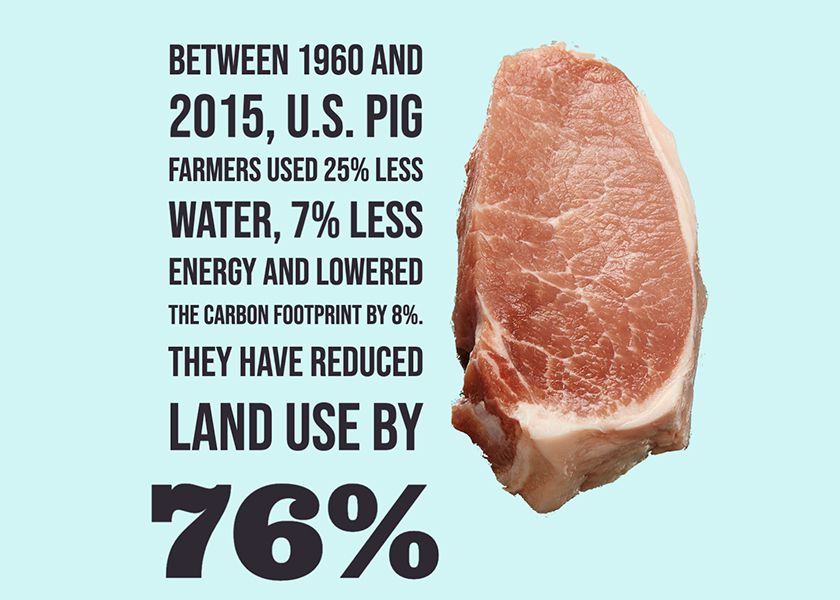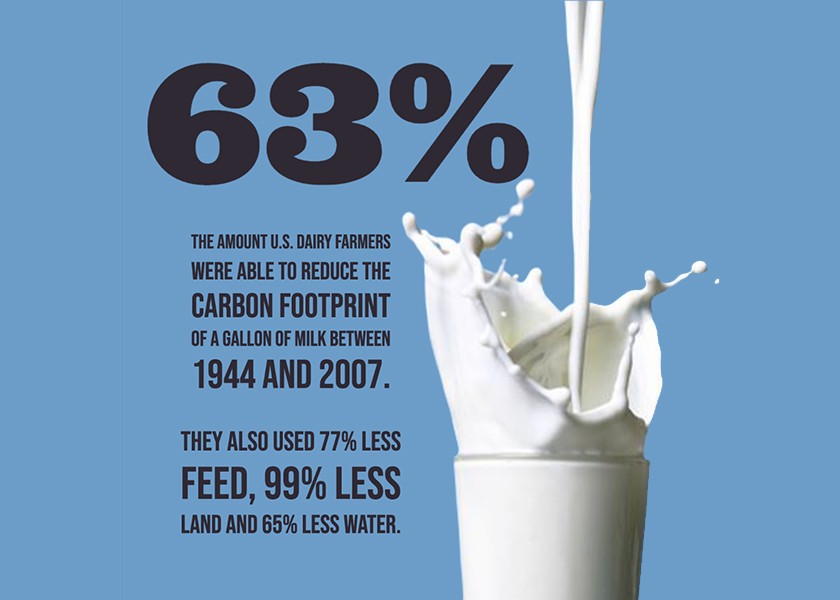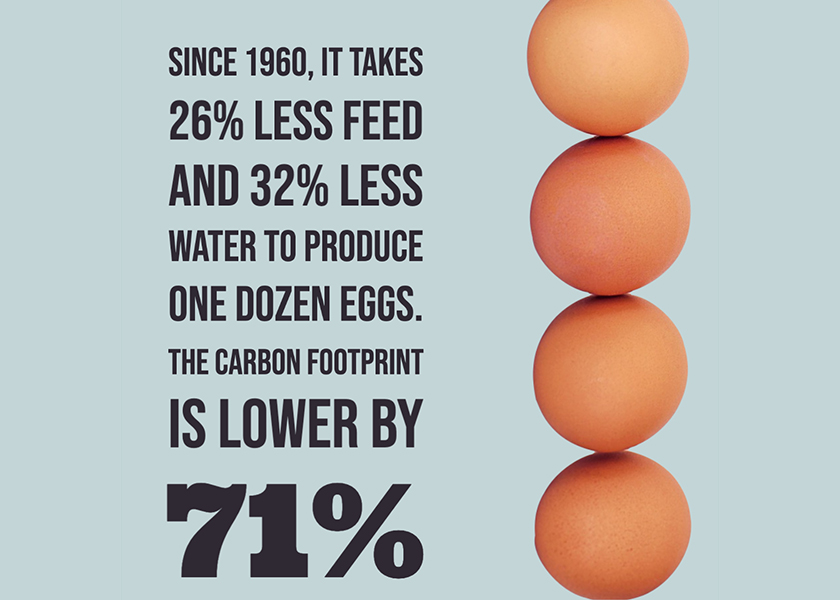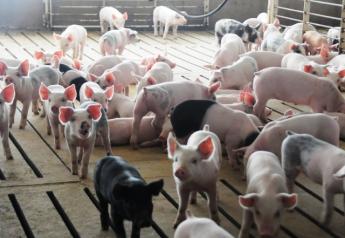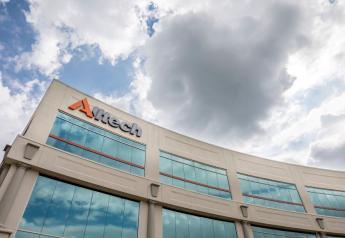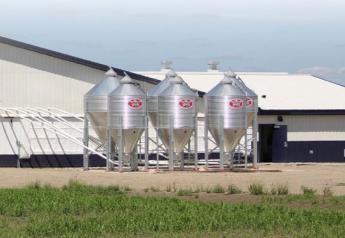Get Ready to Step Up Sustainability Efforts This Year
In early 2020, I predicted that sustainability would be the word of the year. Obviously, I was wrong and words like pandemic, masks and vaccine took over most discussions. While the pandemic is most certainly still a reality that is impacting us daily, the arrival of the vaccine and appearance on the horizon of some type of “normal” has allowed other conversations to reignite. One of the most prominent animal ag-related conversations we foresee for this year is around sustainability. Perhaps my prediction was just a year too early.
One driver of that narrative that everyone in animal agriculture needs to be paying close attention to is the United Nations, as it gears up to host a Food Systems Summit (FSS) alongside the General Assembly in New York in September 2021. The FSS is being convened to “launch bold new actions to transform the way the world produces and consumes food” in order to drive progress toward the Sustainable Development Goals. While the FSS is certainly taking on some laudable goals and we can all get behind the concept of continuous improvement in our food system, there are some aspects of the FSS that give us cause for concern.
It is anticipated that one outcome of the FSS will be suggested dietary guidance that countries will be asked to adopt with sustainability incorporated. At this point, it’s looking like those might not be very positive toward meat and dairy. One of the FSS’s five action tracks is titled “shift to sustainable consumption patterns” and the EAT Foundation’s Gunhild Storladen is at the helm as the chair. That name and organization should be familiar from January 2019’s EAT-Lancet report, which used some questionable methodology to call for drastic reductions in consumption of animal protein in its prescribed “planetary health diet.” It’s possible that the EAT-Lancet planetary health diet could be endorsed and recommended by the FSS.
Luckily for animal agriculture, we have great stories to tell when it comes to our commitment to sustainability and continually raising the bar in our efforts to produce safe, affordable, abundant, high-quality animal protein while reducing our impact on the planet. We just have to make sure we’re taking every opportunity to highlight those efforts, both to the FSS decision makers and other key influencers such as journalists and restaurant/retail brand leaders. Animal proteins absolutely have a role to play in healthy, balanced and sustainable diets, and it’s up to us to provide our consumers reassurance of those facts.
A few key facts to keep handy and share –
- From 1944 to 2007, U.S. dairy producers used 77% less feed, 90% less land, 65% less water and have achieved a 63% reduction in the carbon footprint per gallon of milk.
- The modern U.S. beef industry uses 19% less feed, 12% less water, 33% less land and has a 16% lower carbon footprint compared to beef production in the 1970’s.
- From 1960 to 2015, pig farmers in the U.S. used 75.9% less land, 25.1% less water, 7% less energy and have a 7.7% lower carbon footprint.
- The resources used to produce one dozen eggs have been cut considerably with 26% less feed, 32% less water and a 71% lower carbon footprint since 1960.
The Alliance’s Sustainability Impact Report is a great resource to link and share as you have conversations about these crucial topics. Whatever your role in animal agriculture is, we need your voice in the sustainability dialogue, in 2021 and beyond.
Hannah Thompson-Weeman is the vice president of strategic engagement at the Animal Agriculture Alliance.
Interested in learning more? Visit PorkBusiness.com/hannah-thompson-weeman


